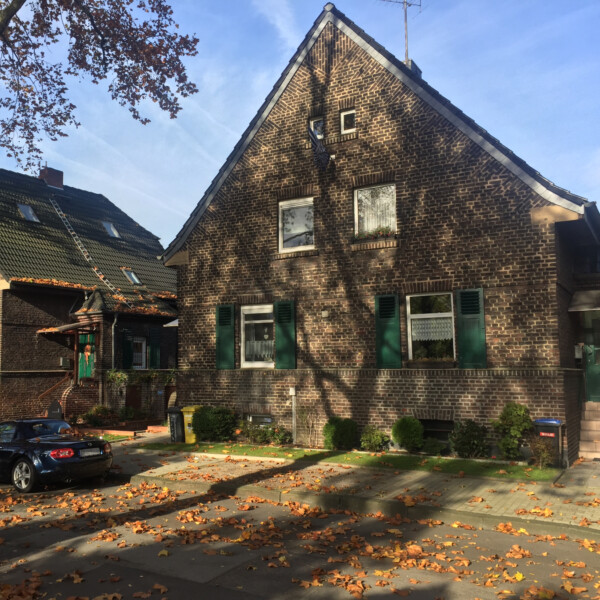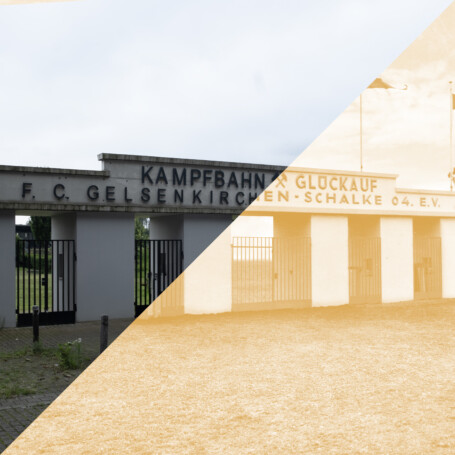Workers Settlement Rosenhügel


Renting, buying, hard labor
The colliery directors are always on the lookout for good employees. In the pubs and taverns of neighbouring districts, they try to lure experienced miners to work for them by offering higher wages. However, their efforts are usually unsuccessful. This is because the miners' employers have a trump card: they own most of the flats in which their workers live. And the tenancy agreements are tied to the employment contract. Anyone who quits their job ends up on the street on the same day. Additionally, workers pay less for their flats here than with private landlords. What's more, the level of comfort in the workers' settlements of the collieries and factories is much higher. People and their families have more room. There is even space to grow vegetables and keep a goat or a pig on a piece of land behind the house. In the 1920s and 1930s, the Workers Settlement Rosenhügel is built in the immediate vicinity of the Rosenhügel Cemetery for the workers of the Colliery Graf Bismarck.
When mining and industry came to the land between the rivers Ruhr, Emscher and Lippe, there was hardly any living space. But the thousands of people who came to the Ruhr area needed a roof over their heads. Just like Churches used to be the centres of settlement, houses were now being built in the vicinity of the Consolidation Colliery and factories such as the Gutehoffnungshütte. The distance to work was short. But unlike many of the streets between Grenzstraße and Glückauf Stadium, where facade after facade lined up, the Workers Settlement Rosenhügel offered the miners and their families plenty of space and greenery. The idea of the garden city, which became popular in Germany from 1900 on, also had an influence on life in Schalke. Because of these qualities, the estate is once again a favoured residential area today. However, this was not always the case. With the onset of the coal and steel crisis, industry gradually moved away and the old industrial estates fell into disrepair. It was only later that the significance of this heritage was recognised. Today, many settlements are under protection.










